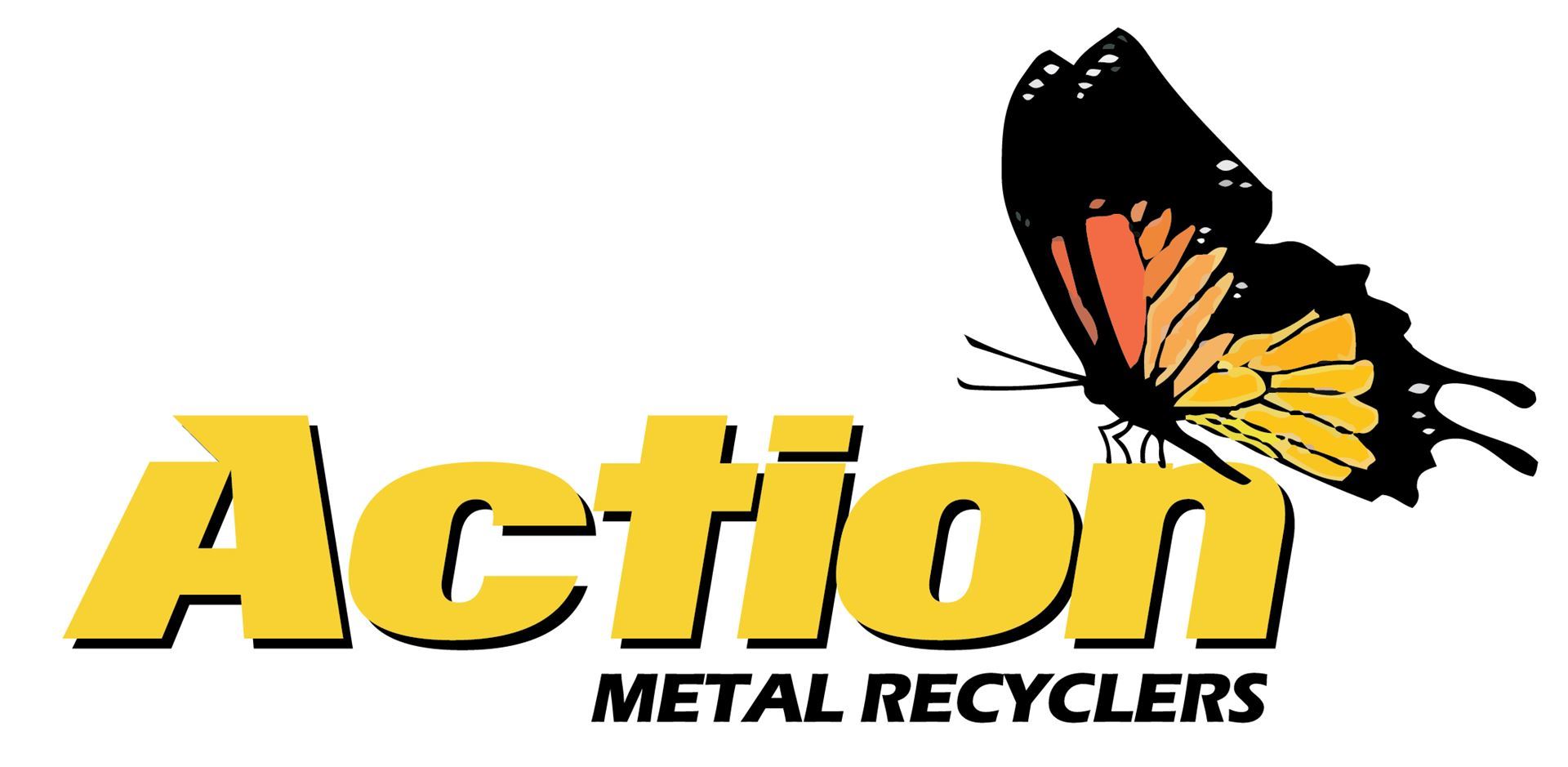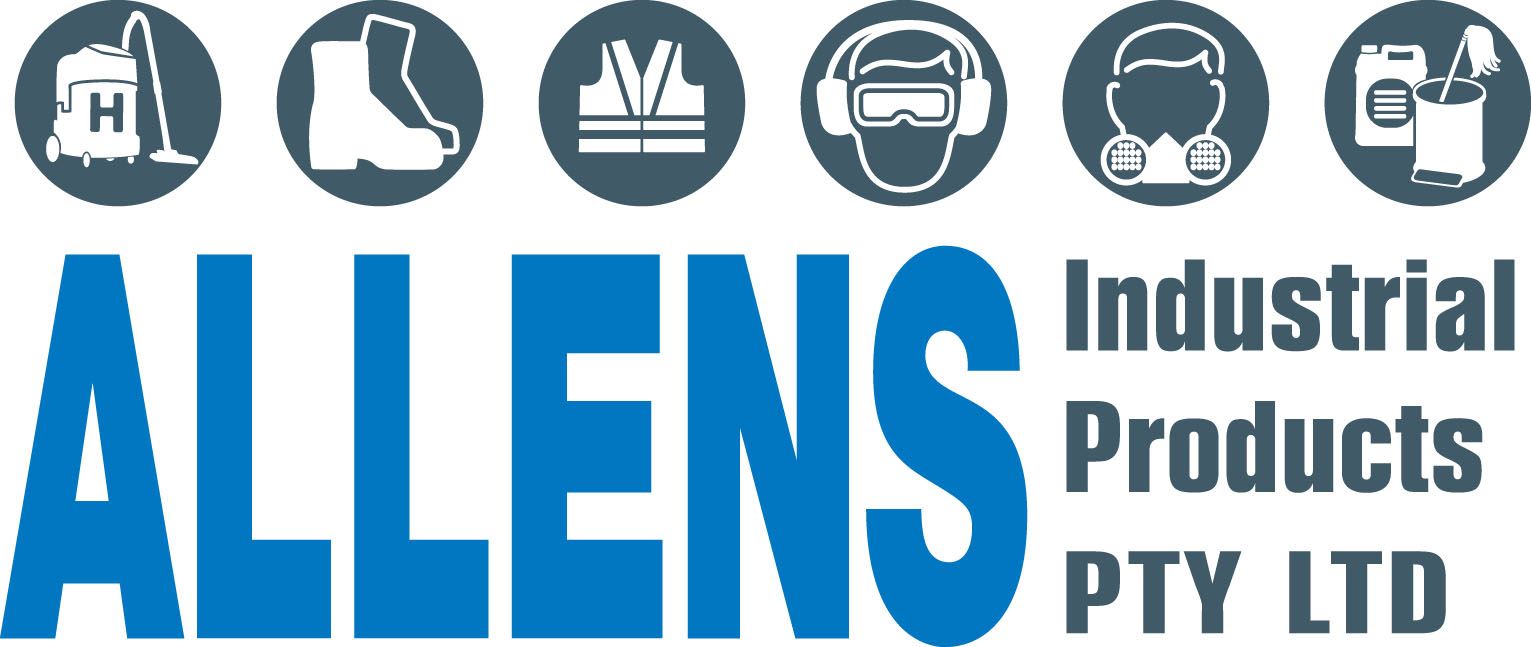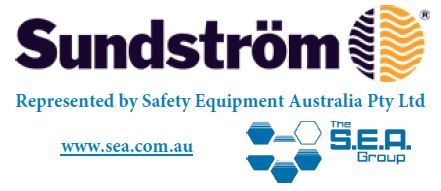
What is asbestos?
Asbestos is a naturally occurring mineral fibre mined from the earth. It is strong, flexible, and resistant to heat, chemicals and electrical conditions.
The three most common forms of asbestos are white (chrysotile), brown (amosite) and blue (crocidolite).
Asbestos properties
Asbestos has many properties that once made it attractive to industry:
- stability when heated
- strength under tension
- chemical resistance
- water resistance or absorbency (depending on type of asbestos)
- suitability for weaving and reinforcing
- electrical resistance.
Asbestos Products Photo Gallery
Please go to the Products Photo Gallery for an understanding of where asbestos products can be found.
Non-friable vs friable asbestos
Asbestos-containing materials fall into two broad categories: non-friable and friable.
'Non-Friable' means material containing asbestos that is not friable, including material containing asbestos fibres reinforced with a bonding compound. These materials are unlikely to release measurable levels of asbestos fibre into the airborne environment if they are left undisturbed. Therefore, they generally pose a lower risk to health. Examples of non-friable asbestos-containing materials include:
- asbestos cement products (flat and corrugated sheeting used in walls, ceilings and roofs, moulded items such as downpipes)
- vinyl floor coverings.
'Friable' is used to refer to asbestos-containing materials in a powder form or that can be crumbled, pulverised or reduced to powder by hand, when dry. These materials are more likely to release measurable levels of asbestos into the airborne environment when disturbed, and generally pose a greater risk to health. Examples of friable asbestos-containing materials include:
- sprayed asbestos fire retardants
- thermal lagging, such as pipe insulation.
Past and current use
In the past, asbestos was used in around 3,000 products manufactured worldwide, most commonly in the construction, car manufacturing and textile industries.
It was generally manufactured in the following forms:
- fibrous (limpet asbestos)
- woven (cloth, tape or sleeving)
- wound (rope)
- mixed with a binder, such as calcium silicate (to make asbestos cement or vinyl floor products containing asbestos).
Because of its strength and its ability to resist heat and chemicals, asbestos was used in a range of insulation materials.
This means older commercial and industrial buildings may contain a variety of asbestos products, including non-friable asbestos. Older homes are more likely to contain non-friable asbestos products such as asbestos-cement sheeting in walls and ceilings, or roof cladding made from corrugated asbestos-cement. Asbestos may be found in structures built as late as the mid- to late 1980s.
Today, the use of asbestos is banned through Australia. This ban applies to manufacture, supply, storage, sale, use, reuse, installation and replacement of asbestos, except in special circumstances (e.g. removal and disposal of asbestos, bona fide research, etc.).
Australian Asbestos Mining History
Summary of Mining History in Australia, 1880-1976
| State | Location | Asbestos Type |
|---|---|---|
|
New South Wales |
Baryulgil |
Chrysotile |
| Woods Reef | Chrysotile | |
| Orange district | Tremolite | |
| Gundagai district | Actinolite | |
| Broken Hill district | Chrysotile | |
| Tasmania | Beaconsfield district | Chrysotile, Amphibole |
| Zeehan district | Chrysotile | |
| South Australia | Robertstown | Crocidolite |
| Flinders Rangers (Oraparinna Station) | Crocidolite | |
| Truro district | Crocidolite, Tremolite | |
| Cowell | Chrysotile | |
| Western Australia | Lionel | Chrysotile |
| (Pilbara) | Sloansville | Chrysotile |
| Nunyeri | Chrysotile | |
| Wittenoom Gorges | Crocidolite | |
| Yampire Gorge | Crocidolite | |
| Colonial Gorge | Crocidolite | |
| Bindi Bindi | Anthophyllite |
(Nevill, 1994; Imray & Neville, 1993)
Asbestos Cement Trading Product Names
The following list shows approximate dates when products ceased to be manufactured with asbestos fibre.
Asbestos was slowly phased out and some products manufactured around these dates may contain from 3-5 per cent asbestos:
- Hardiflex 1981
- Hardiplank 1981
- Villaboard 1981
- Versilux 1982
- Harditherm 1984
- Compressed 1984
- Drain Pipe 1984
- Super Six 1985
- Highline 1985
- Shadowline 1985
- Coverline 1985
- Roofing Accessories 1985
- Pressure Pipe 1987
(Management of asbestos in the non-occupational environment, 2005; Department of Heath & Ageing, 2005)








